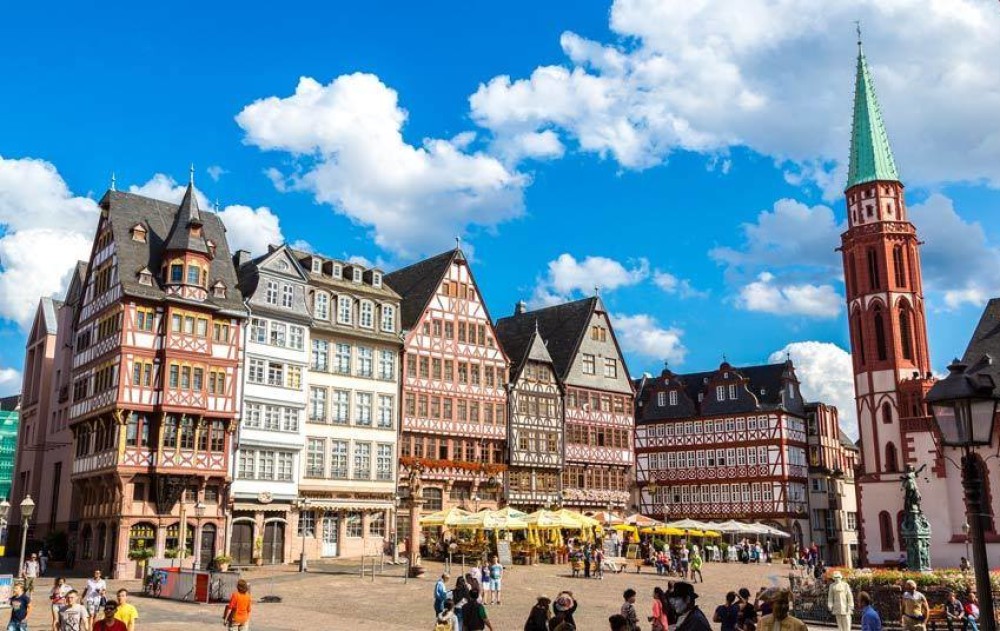My college philosophy professor was fond of the term “what-ness.” As in, the “what-ness” of a place or feeling. Meaning, the core essence of it. Being a callow young man, at first I rolled my eyes and thought, “He’s nuts. That’s not even a word!”
But in time I became a fan of the concept, because it was really the perfect way to approach description. Now, as a professional writer, the concept is at the heart of my daily work. As I write my new novel—the plot of which involves a travel writer gallivanting through several countries—I’m well aware of the importance of capturing the soul of the locations. I stop myself from reaching for the same old clichés and hackneyed phrases and focus on the “what-ness”.
Just as my old professor taught me to.
The challenge is straight forward, but not easy. Our mandate is to render the location in vivid detail using all the sensory data we can muster.
The what-ness is comprised of the facets that add up to the whole impression. The good news is there’s no secret formula to reach the what-ness. The tools needed to render these places in almost-flesh-and-blood are in already us. They’re all around us, and they’re free.
Just focus on the sensory data.
For example, does the location of the given scene have a particular smell, perhaps giving clues to the dominant agricultural or commercial activity of the neighborhood? Or a noise that’s indicative of the place’s character? What are the visuals of the place—are the buildings fairly humdrum or are they freshly coated in an array of pastels? How are the people dressed? Do you dodge well-dressed professionals striding along, absorbed in their own cares? Or do you pass under lines of drying laundry hung from lines suspended from apartment balconies while grandmothers lean out open windows chatting with their neighbors?
These are just a few examples to give a sense of what I mean.
In future posts I’ll be expanding on ways to imbue these places with the magic necessary to touch the reader’s senses and emotions. By doing so, you are not just presenting the reader with a laundry list of facts; you are leading them to their own satisfying discovery of the “what-ness”.
The challenge is straight forward, but not easy.
I know, it’s tempting to try to bottle the soul of an entire city and give it to your audience to feast on. The instinct is noble but the end result usually does a profound disservice to the city itself. Such attempts will more than likely lead to a watering down of the place you’re trying to describe. And no place deserves a shallow generalization.
More importantly, such an attempt often does profound disservice to the reader. The reader has come to your words trusting your experience. They come for a taste of a place they’ve never been before—or at least a sample of a neighborhood they didn’t have the chance to get to know on their last visit.
